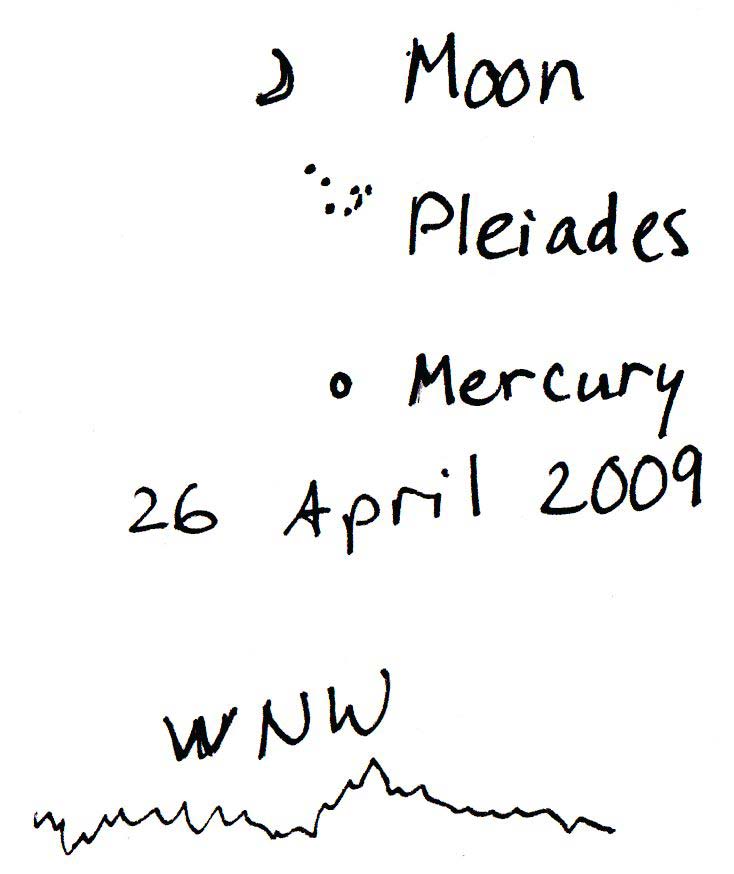
April 22 has not just one, but two treats for early morning observers.
On that day, in most of North America, the Moon will occult, or pass in front of, Venus. The occultation will occur during daylight in a large central part of the country, but it should be easy to see with binoculars. Farther west, it will begin before sunrise, and in the far west, the entire event will occur in dark skies. (The occultation will not be visible in the eastern-most parts of the continent.)
You can find out when the occultation will begin in your area at The International Occultation Timing Association website. Note that the times are given in Universal Time, which for backyard astronomy purposes is the same as Greenwich Mean Time. This page explains how to convert GMT to your local time.
The early morning hours of April 22 are also the peak of the Lyrid meteor shower. The radiant, or center, of the meteor shower will be near Vega, the brightest star in the Summer Triangle. It will rise in the northeast well before midnight, and be high overhead before dawn, as Venus and the Moon are rising. Meteors may appear in any part of the sky, though, so watch any dark area of the sky.
In mid-April, Mercury will be at its brightest, visible in the west at sunset. The inner-most planet, Mercury is never far from the Sun's glare. By the 26th, it will have dimmed somewhat, but it will also be visible for more than ninety minutes in the early evening. Mercury will be below the slender crescent moon. The Pleiades will be in between the two. Mercury will move closer to the Pleiades over the next few days. They will be separated by just 1 degree, or two moon widths, by the end of the month. That should make them an excellent target for binocular viewing.
**********Cool Thing of the Week: Heavens-Above
Don't head out for an observing session until you have checked Heavens-Above. Once you have set your location on the site, you can find out when satellites or the International Space Station will be visible where you are. You can also find current planet, moon, and sun data, visible comets, and information about constellations. There is also a customizable Whole Sky chart. When set to Black On White display and enlarged, it make a fine printout to help you identify the constellations and planets.
**********Backyard Astronomy updates are available on Twitter!
BackyardAstro

The Piker Press moderates all comments.
Click here for the commenting policy.